In the realm of transportation and logistics, the height of a flatbed trailer plays a pivotal role in ensuring efficient and safe cargo movement. At CarMax Trailer, we understand the critical importance of flatbed height, tailoring our designs to meet the diverse needs of our clients. This guide delves deep into the intricacies of flatbed height, exploring its significance, influencing factors, and how CarMax Trailer sets the benchmark in the industry.
Understanding Flatbed Height
Flatbed height refers to the vertical distance from the ground to the top surface of the trailer’s flatbed. This measurement is crucial as it affects various aspects of transportation, including loading and unloading efficiency, cargo stability, and overall vehicle compatibility.
Why Flatbed Height Matters
- Load Accessibility: Proper height facilitates easier loading and unloading, reducing the risk of accidents and improving operational efficiency.
- Cargo Security: The right height ensures that cargo remains stable during transit, minimizing movement that can lead to damage.
- Vehicle Compatibility: Aligning the trailer height with towing vehicles ensures seamless coupling and optimal performance.

Factors Influencing Flatbed Height
Several elements determine the optimal flatbed height for a trailer:
1. Cargo Type and Weight
Different cargo types necessitate varying heights to ensure stability and ease of handling.
- Heavy Machinery: Requires a lower flatbed height to maintain a low center of gravity, enhancing stability.
- Bulk Materials: May benefit from a slightly higher flatbed to accommodate loading equipment.
2. Towing Vehicle Specifications
The the compatibility between the trailer and the towing vehicle is paramount.
- Frame Height: The trailer’s height must complement the towing vehicle’s frame to facilitate smooth coupling and maneuvering.
- Ground Clearance: Adequate clearance prevents the trailer from scraping during uneven terrains, ensuring longevity and reliability.

3. Loading Equipment
The type of loading machinery used can dictate the necessary flatbed height.
- Hydraulic Lifts: May require a specific height to function optimally, influencing the overall trailer design.
- Conveyor Systems: Integration with conveyor systems may necessitate precise height configurations.
4. Regulatory Standards
Compliance with regional transportation regulations ensures legal operation and safety.
- Height Restrictions: Adhering to maximum height limits prevents penalties and facilitates smoother transit across jurisdictions.
- Safety Standards: Incorporating safety features related to height enhances overall cargo security.
Standard vs. Custom Flatbed Heights
While there are industry-standard flatbed heights, customization offers tailored solutions to meet specific operational needs.

Industry Standards
Most flatbed trailers adhere to standard heights, typically ranging between 48 to 60 inches. These standard dimensions cater to a broad spectrum of cargo types and towing vehicles, ensuring widespread compatibility.
Custom Solutions by CarMax Trailer
At CarMax Trailer, we recognize that unique operational requirements often demand bespoke flatbed heights. Our customization services allow clients to specify exact measurements, accommodating specialized cargo and equipment seamlessly.
| Feature | Standard Flatbed | CarMax Custom Flatbed |
|---|---|---|
| Height Range | 48″ – 60″ | Configurable up to 72″ |
| Load Types | General Cargo | Specialized Machinery |
| Compatibility | Broad Vehicle Range | Tailored to Specific Vehicles |
| Customization Options | Limited | Extensive (materials, heights, reinforcements) |
Benefits of the Right Flatbed Height
Selecting an appropriate flatbed height delivers numerous advantages:
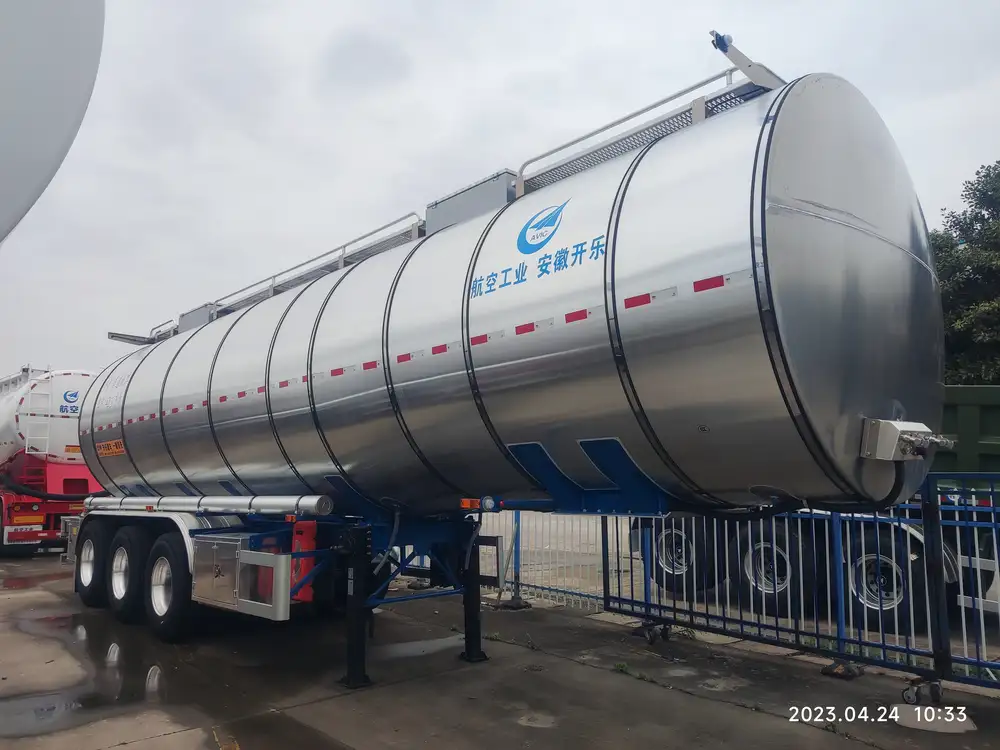
1. Enhanced Efficiency
Optimized height facilitates quicker loading and unloading, reducing turnaround times and increasing fleet productivity.
2. Improved Safety
Proper height alignment minimizes the risk of cargo shifting, accidents during loading/unloading, and ensures safe coupling with towing vehicles.
3. Cost-Effectiveness
Reducing cargo damage and operational delays translates to significant cost savings over time.

4. Versatility
Adjustable or customizable heights allow trailers to accommodate a diverse range of cargo types, increasing utility and marketability.
CarMax Trailers: Engineering Excellence in Flatbed Height
CarMax Trailer stands at the forefront of flatbed trailer manufacturing, offering unparalleled expertise in optimizing flatbed height for diverse applications.
Innovative Design Approach
Our design philosophy integrates advanced engineering principles with practical functionality to deliver trailers that excel in performance and reliability.
- Aerodynamic Profiles: Designed to reduce drag, enhancing fuel efficiency without compromising height requirements.
- Robust Materials: Utilizing high-strength steel and lightweight alloys to balance durability with optimal weight distribution.
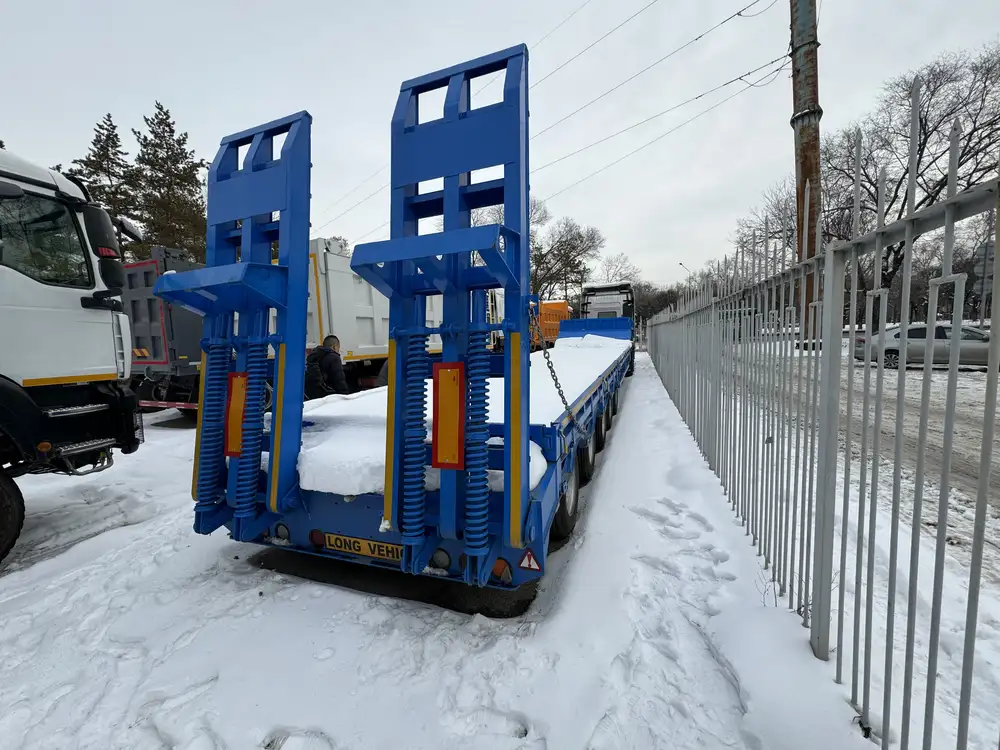
Customization Capabilities
We offer a suite of customization options to meet specific client needs:
- Adjustable Platforms: Enable on-the-go height adjustments to accommodate varying cargo loads.
- Reinforced Structures: Provide additional support for heavier or irregularly shaped cargo, ensuring stability and safety.
- Specialized Equipment Integration: Seamlessly incorporate loading docks, ramps, and other essential equipment to streamline operations.
Advanced Manufacturing Processes
Our state-of-the-art manufacturing facilities employ cutting-edge technologies to ensure precision and quality in every trailer.
- Computer-Aided Design (CAD): Facilitates meticulous planning and customization, ensuring each trailer meets precise height specifications.
- Quality Control Protocols: Rigorous testing and inspection processes guarantee that every trailer adheres to the highest industry standards.
Comparative Analysis: CarMax Trailer vs. Competitors
To illustrate the superiority of CarMax Trailer, let’s compare key aspects related to flatbed height with other leading manufacturers.
| Feature | CarMax Trailer | Competitor A | Competitor B |
|---|---|---|---|
| Customization Options | Extensive (Height, Materials, Features) | Limited (Height Only) | Moderate (Height and Load Capacity) |
| Material Quality | High-grade Steel & Alloys | Standard Steel | Alloy Mixtures |
| Engineering Precision | Precision CAD Design | Basic Design Tools | Intermediate Design Tools |
| Loading Efficiency | Integrated Ramps and Lifts | Separate Equipment Needed | Partial Integration |
| Price Range | Competitive Pricing with High Value | Lower Initial Cost but Higher Maintenance | Mid-range Pricing with Standard Features |
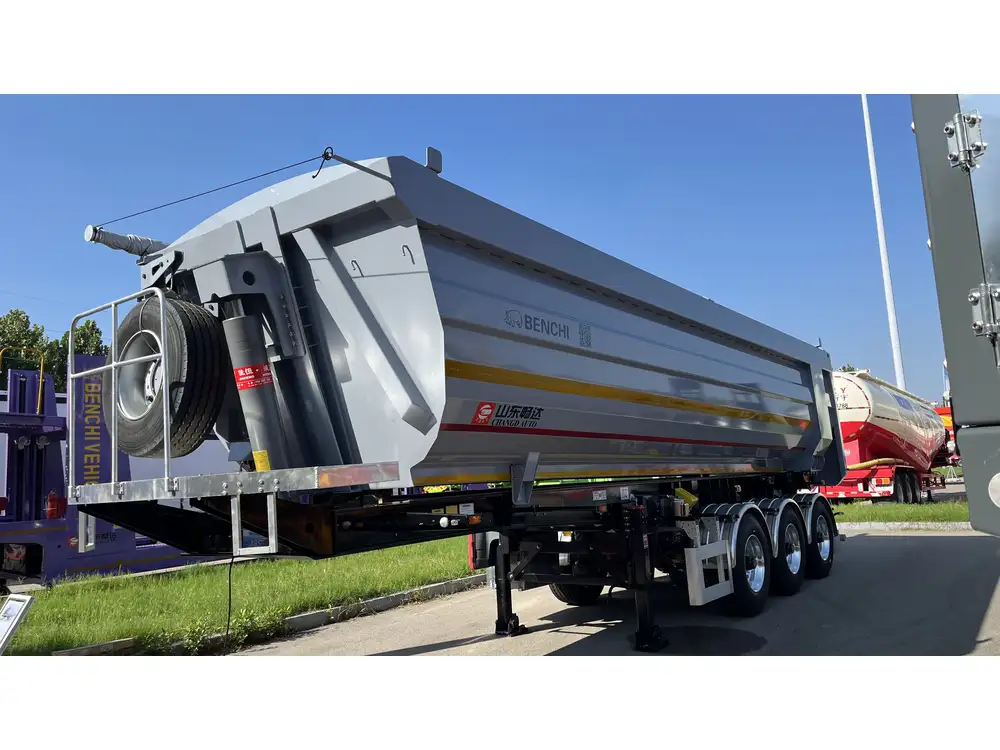
Selecting the Optimal Flatbed Height with CarMax Trailer
Choosing the right flatbed height involves a strategic assessment of various factors. Here’s a step-by-step approach to guide your selection:
Step 1: Assess Cargo Requirements
Evaluate the type, size, and weight of the cargo to determine the necessary height for secure and efficient transportation.
Step 2: Evaluate Towing Vehicle Compatibility
Ensure that the chosen flatbed height aligns with the towing vehicle’s specifications to facilitate seamless coupling and maneuverability.
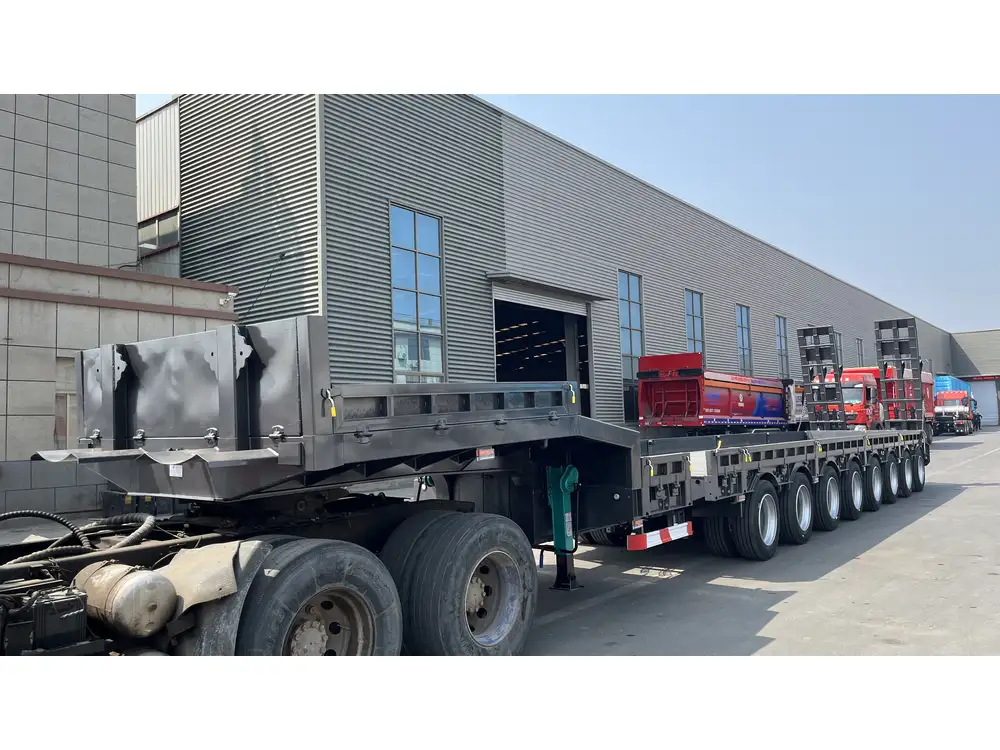
Step 3: Consider Loading and Unloading Mechanisms
Select a height that complements your loading equipment, whether it’s hydraulic lifts, forklifts, or manual ramps.
Step 4: Review Regulatory Compliance
Verify that the flatbed height adheres to regional transportation regulations to prevent legal complications.
Step 5: Consult with CarMax Trailer Experts
Leverage our expertise to customize a flatbed height solution that perfectly aligns with your operational needs.

Future Trends in Flatbed Height Design
The transportation industry is continuously evolving, and flatbed trailer designs are adapting to meet emerging demands.
1. Smart Trailers
Integration of IoT and sensor technologies allows real-time monitoring of cargo stability and height adjustments, enhancing safety and efficiency.
2. Sustainable Materials
The shift towards eco-friendly materials and manufacturing processes is influencing flatbed height designs, promoting sustainability without compromising performance.
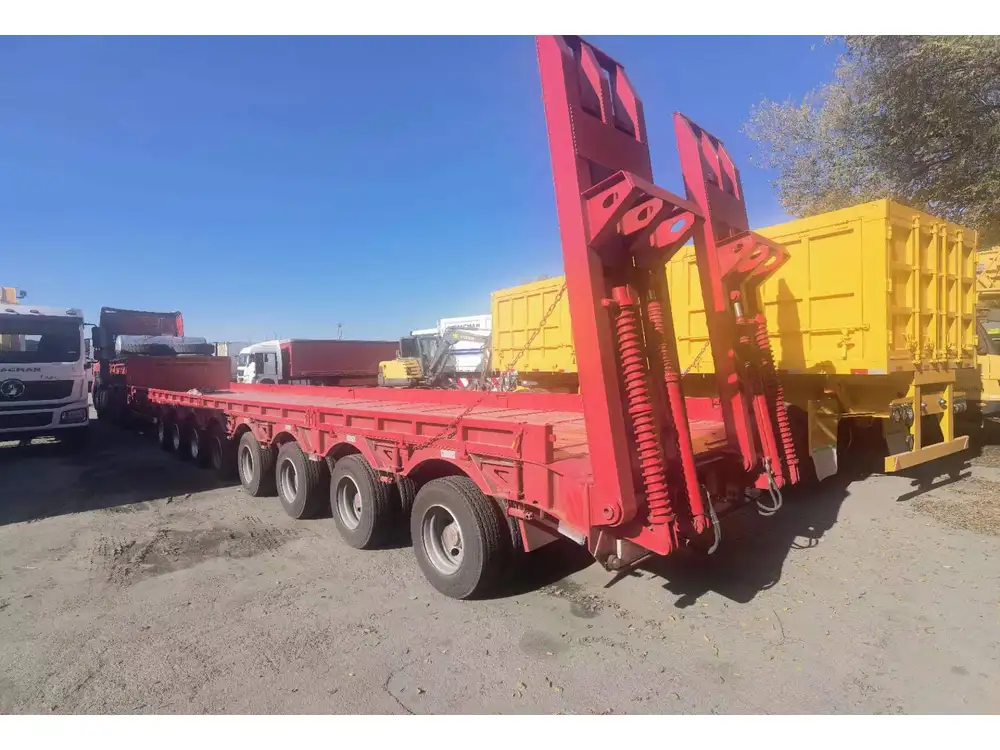
3. Modular Designs
Future flatbed trailers may feature modular components, allowing for easy height adjustments and reconfigurations based on specific cargo requirements.
4. Enhanced Aerodynamics
Advancements in aerodynamic engineering aim to optimize flatbed height for reduced drag, improving fuel efficiency and lowering operational costs.
Maintenance and Longevity of Flatbed Height
Proper maintenance is essential to preserve the integrity and functionality of flatbed height over time.

Regular Inspections
- Structural Integrity: Check for signs of wear, corrosion, or damage that could affect height stability.
- Height Adjustment Mechanisms: Ensure all adjustable components operate smoothly and are free from obstructions.
Preventive Maintenance
- Lubrication: Regularly lubricate moving parts to prevent rust and ensure seamless adjustments.
- Protective Coatings: Apply anti-corrosion treatments to maintain the trailer’s exterior and structural components.
Timely Repairs
Address any issues related to flatbed height promptly to prevent further damage and maintain optimal performance.
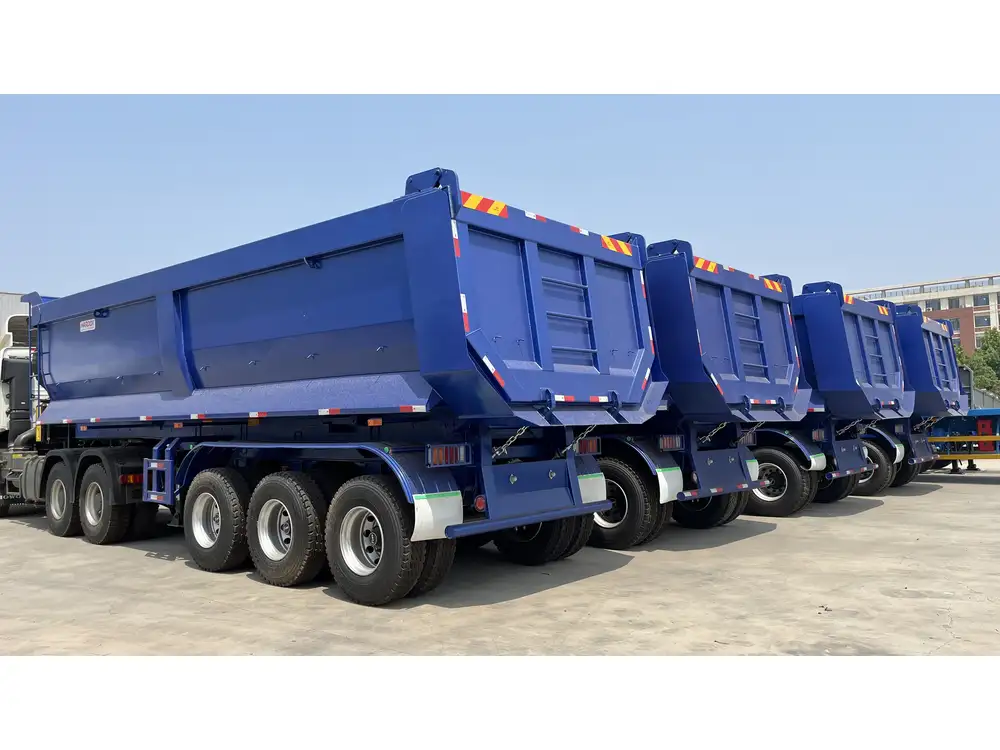
Case Study: Optimizing Flatbed Height for Heavy Machinery Transport
Challenge: A client required a flatbed trailer capable of transporting heavy construction machinery with a low center of gravity to ensure stability.
Solution by CarMax Trailer:
- Customized Height: Designed a flatbed height of 50 inches, aligning with the towing vehicle’s specifications and accommodating the machinery’s dimensions.
- Reinforced Structure: Implemented additional steel reinforcements to support the heavy load without compromising the trailer’s integrity.
- Integrated Ramps: Installed hydraulic ramps to facilitate easy loading and unloading, enhancing operational efficiency.
Outcome: The client reported a significant reduction in loading times and improved stability during transit, leading to enhanced productivity and reduced costs.
Choosing CarMax Trailer for Your Flatbed Height Needs
Selecting CarMax Trailer ensures that you receive a flatbed solution tailored to your specific requirements, backed by industry-leading expertise and quality.
Why CarMax Trailer?
- Expertise: Decades of experience in designing and manufacturing top-tier flatbed trailers.
- Customization: Flexible options to meet diverse operational needs, ensuring optimal flatbed height configurations.
- Quality Assurance: Rigorous testing and quality control ensure that every trailer meets the highest standards of safety and performance.
- Customer Support: Dedicated support teams assist you in selecting, customizing, and maintaining your trailer for long-term success.
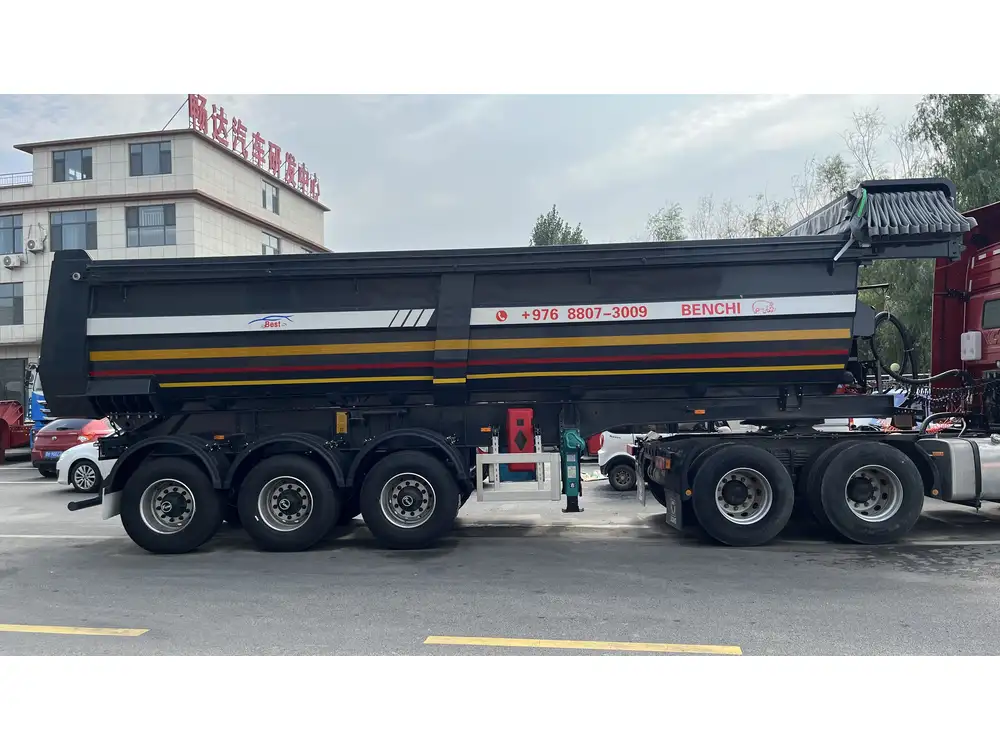
FAQs
1. What is the standard flatbed height for most trailers?
Most standard flatbed trailers have a height ranging from 48 to 60 inches. However, CarMax Trailer offers customizable heights to accommodate specific cargo and operational requirements.
2. How does flatbed height affect fuel efficiency?
Optimizing flatbed height can reduce aerodynamic drag, leading to improved fuel efficiency. CarMax Trailer incorporates aerodynamic designs to enhance fuel economy without compromising cargo capacity.
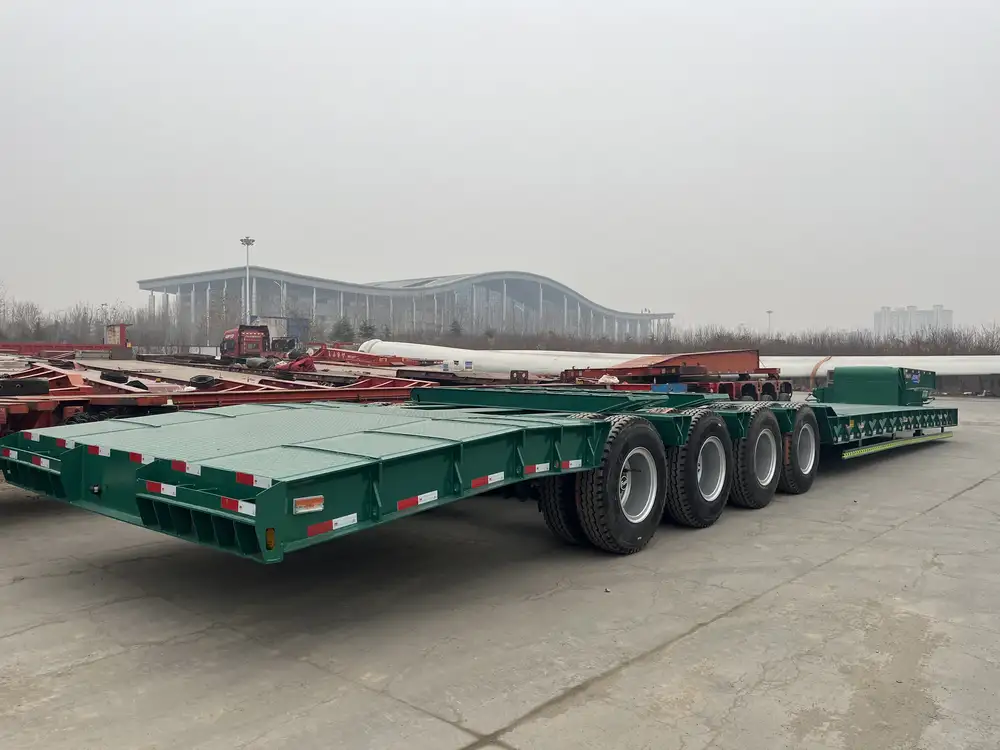
3. Can flatbed height be adjusted on the go?
Yes, some CarMax Trailer models feature adjustable flatbed heights, allowing for on-the-go modifications to suit varying cargo or loading equipment needs.
4. What maintenance is required for flatbed height adjustments?
Regular inspections, lubrication of moving parts, and ensuring the integrity of adjustment mechanisms are essential for maintaining flatbed height functionality. CarMax Trailer provides comprehensive maintenance guidelines to ensure longevity.
5. Is a customized flatbed height more expensive than standard options?
While customized flatbed heights may involve a higher initial investment, the tailored benefits, such as improved efficiency and cargo safety, often result in cost savings and enhanced operational performance in the long run.



